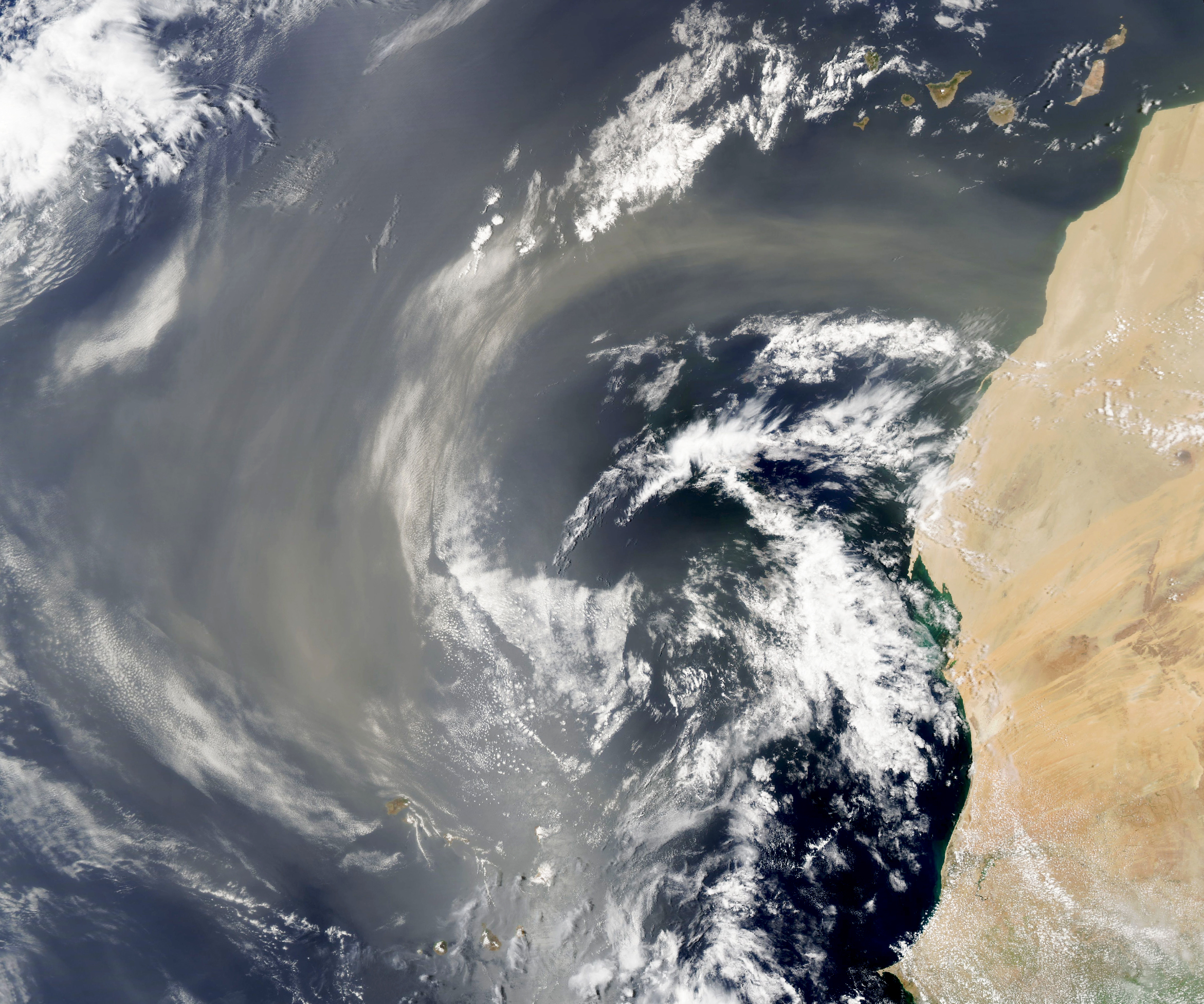
Aeolian saltation
Sand grains hop and splash, in a process sustaining the transport carried by wind.
Climate change is the immediate crisis affecting our civilization. Dust in the atmosphere could cool/heat the planet depending on it's anthropogenic origin, and has a huge uncertainity in climate models. I built a large-scale parallelizable particle-based numerical model to understand the dusty paths. It is a CFD-DEM based approach developed in LAMMPS.


Sand grains hop and splash, in a process sustaining the transport carried by wind.

The Bond number defined as the ratio of gravity to the cohesive force becomes low with decreasing grain size.

Dust is usually emitted as a result of sand bombardment & agglomerate disintegration.

In a multi-orifice setup like this, the random events of jamming/unjamming lead to enhanced mixing.


'Toward a large-scale particle-based parallel simulator of Aeolian sand transport, including a model for mobile sand availability'. Video opens in a new-tab